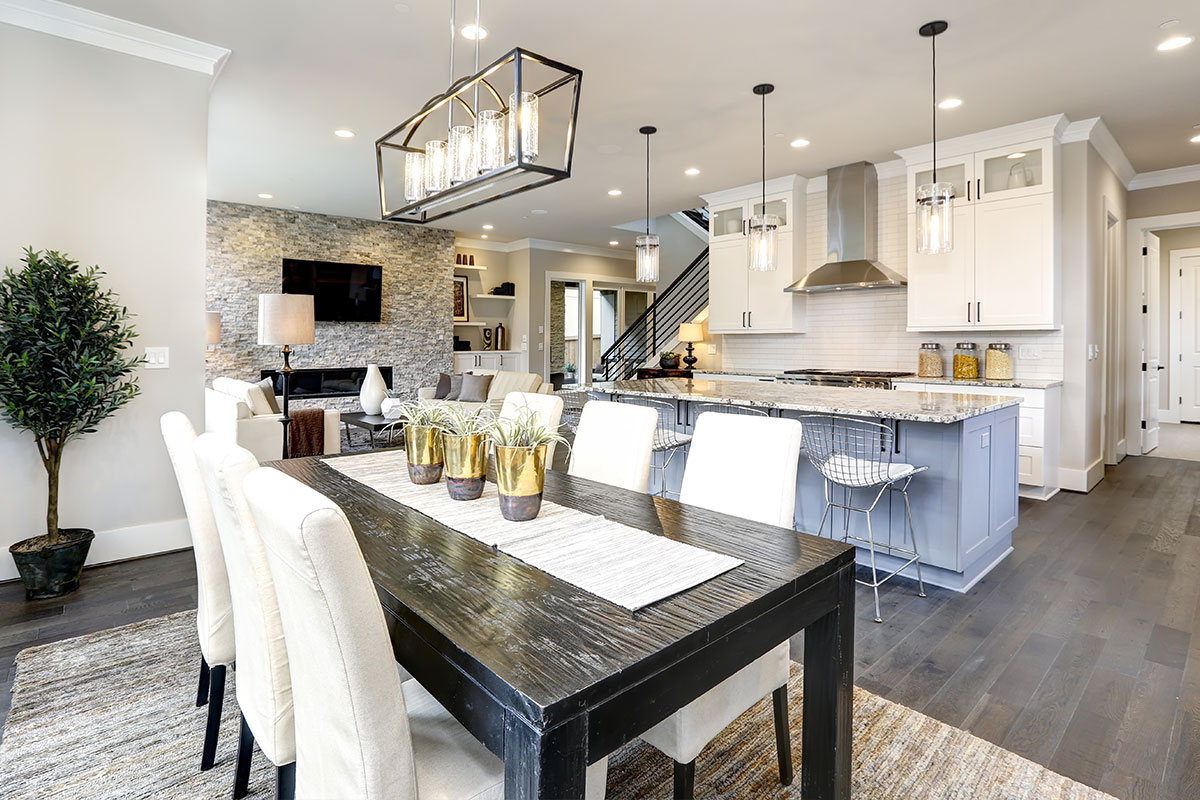For many people, a home is the most significant asset they own, and this asset can provide homeowners access to funding if they need it. But what is the best way to use your home as collateral?
The first thing to understand about home equity is the different ways you can use your home to deliver a cash injection – the two primary ones are a home equity line of credit (HELOC) and a home equity loan, which is often called a second mortgage.
What is equity in a home?
Home equity is the difference between the value of your home versus how much you owe on your mortgage. It represents the portion of your property that you truly own. Understanding your home equity is vital as it directly impacts the amount of money you will be able to borrow using the home as leverage.
For instance, if your home is valued at $300,000 and you owe $200,000, your equity is $100,000. Lenders often use this equity as collateral to secure loans or lines of credit. Regularly monitoring your home equity can provide insight into your borrowing power and financial health.
What is a HELOC?
As the name implies, a HELOC is a line of credit that a lender provides you with based on the current value of your home, including the amount of equity you have in it and your credit qualifications. Like a credit card, you can use as much or as little of the money available in the HELOC as you need within the draw period, provided that you make the minimum monthly payments on time. Some HELOCs even come with a linked debit card so it’s easier to make purchases. Note, most HELOCs have a variable interest rate, meaning your rate, and therefore your minimum payment requirement, are subject to change, which can make it trickier to budget over the repayment period.
What is a home equity loan (often known as a second mortgage)?
Unlike a HELOC, which allows you to draw out money as you need it, a second mortgage‡ pays you one lump sum. You then will make fixed-rate payments on that sum each month until it’s paid off. It essentially is the same as your first mortgage, only instead of using the loan funds to purchase a house, you get an influx of cash.
When to consider home equity financing
Typically, HELOCs are used for home improvements such as a new roof, updated kitchen, refurnished basement and other projects of that nature. HELOCs give you flexibility to use as much or as little of the line of credit as needed with variable rates, while your improvements are in process. This flexibility lets you pay for materials and work as your project unfolds, whether you prefer weekend projects or longer-term renovations.
On the other hand, home equity loans are often used to pay off larger, more significant debts that you’ve already incurred. For example, if you have substantial credit card debt or a large remodel, taking out a second mortgage to pay off all outstanding balances could help, especially if you are able to secure a lower interest rate on your second mortgage repayments than you would with credit card repayments. Since the loan is secured by equity in your home, it’s often the lowest rate option for borrowing a fixed amount of money when a predictable monthly repayment amount is an important priority.
The benefits of debt consolidation using a HELOC vary and are impacted by your goals, whether you’re looking for reduced monthly payments, paying off debt sooner, paying less interest, or something else. It’s important when considering debt consolidation to closely review the numbers to see whether it helps you achieve your goals.
With property values up across the country, a HELOC or home equity loan could be an excellent way to leave your existing first mortgage in place and still leverage your equity for home improvements. Some small business owners also take out second mortgages on their homes to keep their company afloat during challenging times.
What to consider and how to decide between a HELOC and a second mortgage
Neither a HELOC nor a second mortgage should be taken lightly. While they both provide an immediate cash infusion, they both also increase the amount of debt payments you’ll owe each month. It is important to consider the below factors as you evaluate your financial situation to determine which home equity option is best for you.
Interest rates
-
- With the current interest rate climate, the federal funds rate can affect HELOCs, such as if the fed funds rate rises so will the variable interest rates for HELOCs – making this option more expensive. Whereas second mortgages come with fixed rates that are not as impacted by this environment.
Credit score
-
- Your credit score will play a part in your qualification for both a HELOC and second mortgage. Typically, you will need a higher credit score to be approved for a HELOC versus a second mortgage.
Financial goals
-
- Your financial goals play a huge part in determining which option will meet your short and long term needs. A HELOC calls for you to be more intentional with your spending due to the varying rates, while a second mortgage provides you with a set monthly payment that will not fluctuate over time.
Risk tolerance
-
- You must determine your appetite for risk, as both of these home equity options are secured by your home. If you don’t make your HELOC or second mortgage payments on time and go into default, you could lose your home.
While there is not a one-size-fits-all approach, once you’ve taken the time to think through the above factors and determined your overall goal for this financing, you are set up to make the most-informed decision.
Additionally, if you are looking for ways to access cash, an alternate path to consider is belt-tightening. If you can, cut back on expenses and adjust your budget so you don’t necessarily have to take out a HELOC or second mortgage.
If you’re considering a HELOC or a second mortgage talk with a trusted financial advisor. He or she can help you better understand your situation and decide which option is best, or if there’s a more strategic route to take.
UMB personal banking solutions offer convenience and simplicity to meet all of your past, present and future financial needs. From home loans to auto financing and everything in between, see how UMB personal banking can work with you to find the right products for your life and lifestyle.
When you click links marked with the “‡” symbol, you will leave UMB’s website and go to websites that are not controlled by or affiliated with UMB. We have provided these links for your convenience. However, we do not endorse or guarantee any products or services you may view on other sites. Other websites may not follow the same privacy policies and security procedures that UMB does, so please review their policies and procedures carefully.






